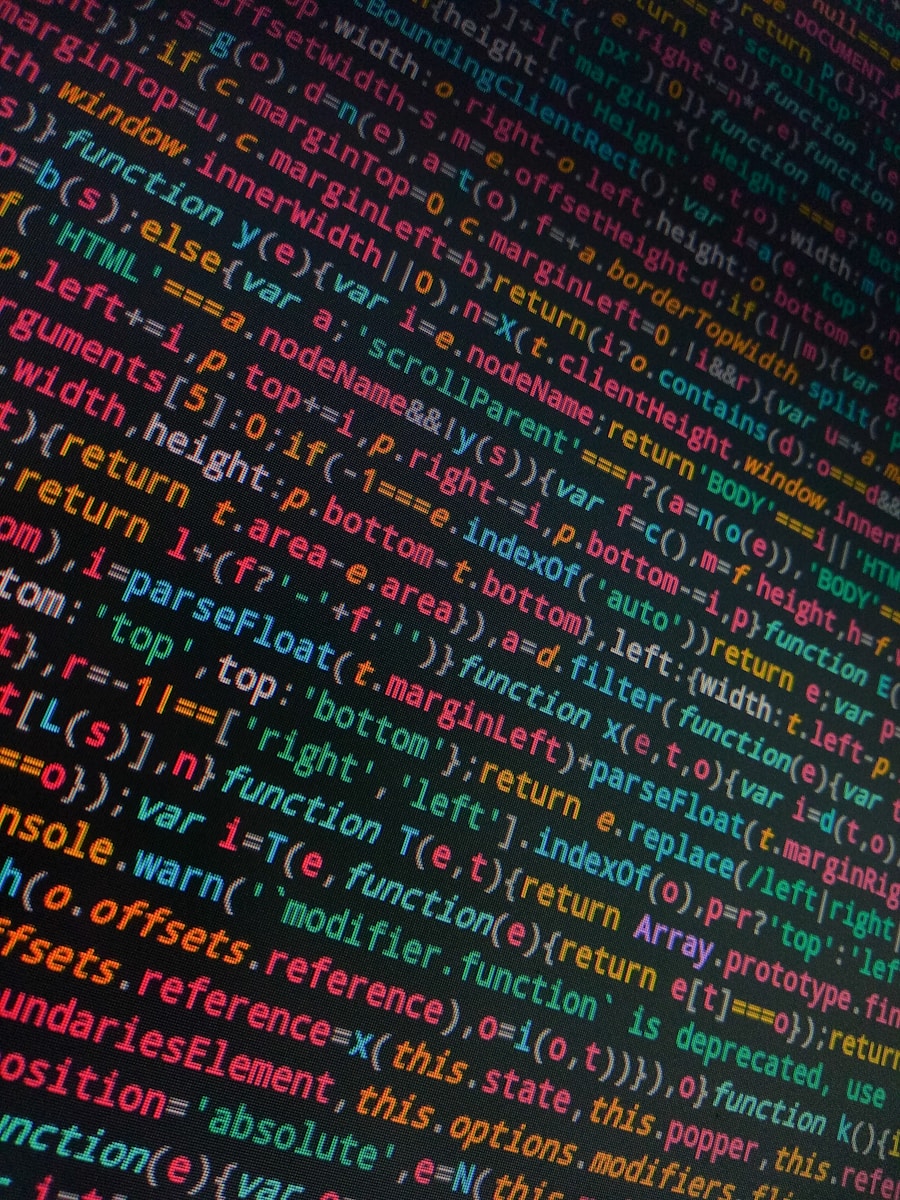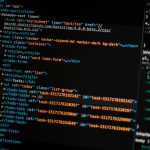Vibe Coding: What Will the Next 10 Years Look Like?
If there’s one phrase that’s been buzzing through creative and tech circles recently, it’s vibe coding. It’s more than just code—it’s an approach, a feeling, and a new frontier in how we build software, digital art, and even entire experiences.
So… what might vibe coding look like in the next decade? Let’s fire up our crystal ball and explore the exciting possibilities!
First—A Quick Refresher: What Is Vibe Coding?
Vibe coding isn’t a formal programming language or framework. Instead, it’s the practice of creating code that captures a specific mood, aesthetic, or “vibe.”
-
Designing interfaces that feel cozy, mysterious, retro, or futuristic.
-
Generating music or visuals that align with a chosen emotional palette.
-
Prototyping creative ideas fast, using AI tools, no-code platforms, and live-coding environments.
It’s creative coding blended with emotional storytelling, and it’s exploding thanks to accessible tools like generative AI, design systems, and collaborative platforms.
The Future of Vibe Coding (2025–2035)
Here’s what might be around the corner…
1. AI Becomes Your Vibe Co-Pilot
Over the next 10 years, AI won’t just generate code snippets; it will help shape the entire “feel” of your project.
Imagine telling your IDE:
“Build me a website with a 90s cyberpunk vibe, neon colors, glitch animations, and lo-fi synth background music.”
And BOOM AI generates the layout, color schemes, animations, and music in seconds. Developers and creatives will spend more time curating and tweaking vibes than writing low-level code.
2. Mood-Driven User Experiences
Products will adapt their “vibe” in real time based on:
-
User emotions (detected via voice tone, facial cues, biometric data).
-
Context (time of day, weather, recent activity).
-
Trends (like viral aesthetics on TikTok).
Imagine a meditation app that shifts its visuals and music from cool blues to warm pinks if it senses stress in your voice. Vibe coding will blend psychology, design, and tech into seamless, personalized experiences.
3. Generative Art as a Default
Generative art is already huge, but vibe coding will turn it into a core building block for digital products.
-
Websites that subtly change color palettes throughout the day.
-
Interactive visuals that respond to your cursor with dynamic particles matching your chosen aesthetic.
-
Apps that let users “remix” the vibe live.
Static design will feel increasingly… well, static.
4. Multimodal Vibe Prototyping
Today, designers and coders often work separately. In the future, vibe coders will prototype across multiple senses at once:
-
Visuals → Color, typography, motion.
-
Audio → Background music, sound effects.
-
Haptics → Vibration feedback matching a vibe.
-
Scent (for VR/AR) → Experimental scent emitters for immersive experiences!
We’re entering an age of total sensory design.
5. The Rise of Vibe Coders as Creators
Being a “vibe coder” may become a hot, creative career. Think of:
-
Freelancers selling pre-made vibe templates on digital marketplaces.
-
Creators stream live coding sessions where they craft new vibes in real time.
-
Entire apps are built solely around letting users explore and remix vibes.
“Vibe packs” might become as popular as music sample packs are today!
Challenges Ahead
Of course, it won’t all be smooth sailing. Vibe coding in the next decade will also face challenges:
-
Copyright & ethics → How do we handle vibes heavily inspired by artists or cultural aesthetics?
-
Accessibility → Ensuring vibe-heavy experiences remain usable for all users, including those with visual or auditory impairments.
-
Overchoice fatigue → Too many vibes can overwhelm users—simplicity will still matter!
So… Ready to Ride the Vibe?
Vibe coding is poised to evolve into a powerful fusion of tech, art, and emotion. It’s about making technology feel human and beautiful.
Over the next decade, the tools will become increasingly intelligent, creative possibilities will expand, and the line between code and art will continue to blur. One thing’s certain: vibe coding is not just a fad—it’s the heartbeat of the future digital experience.
Are you ready to vibe?


